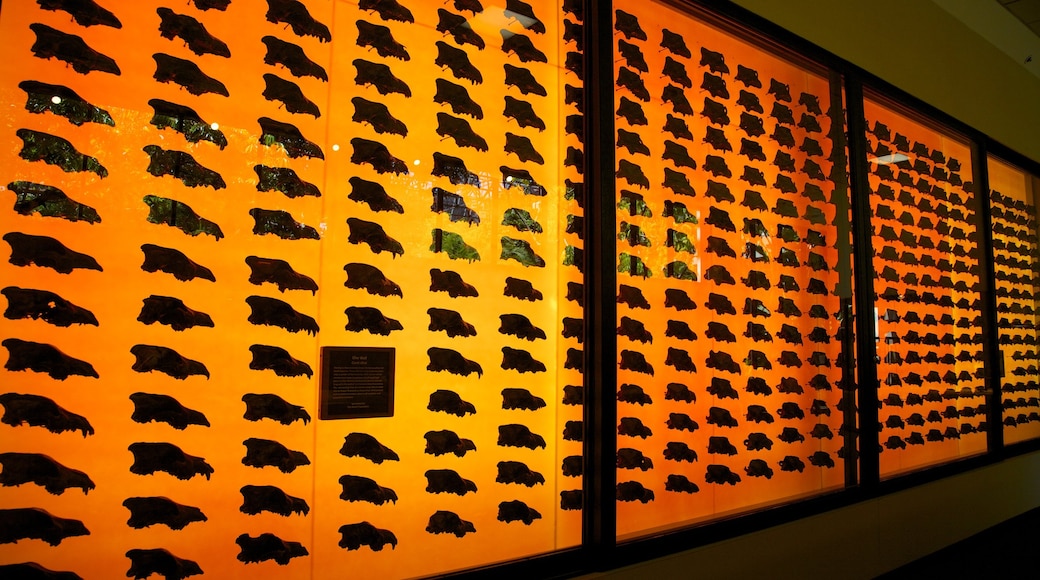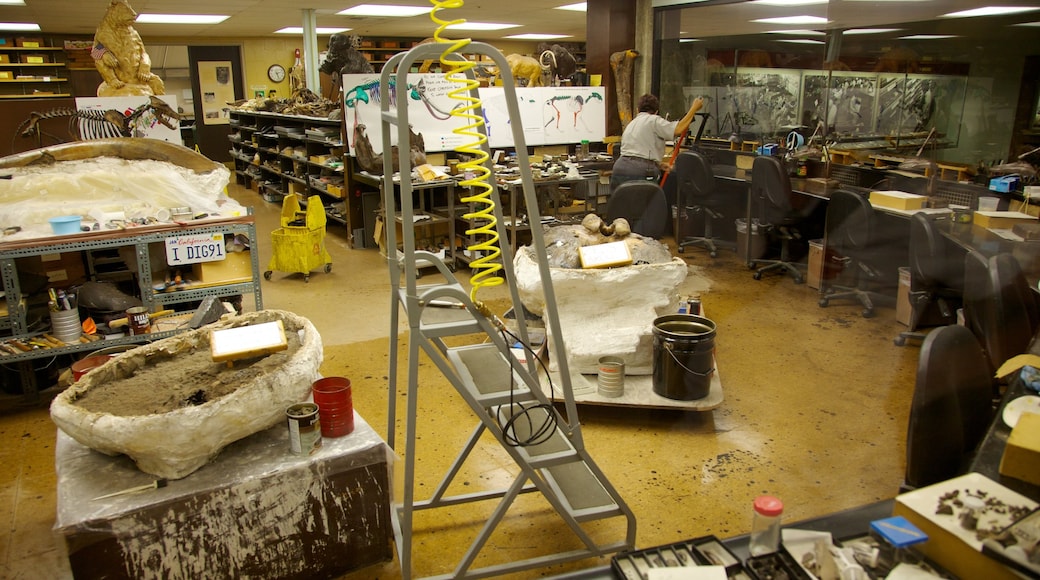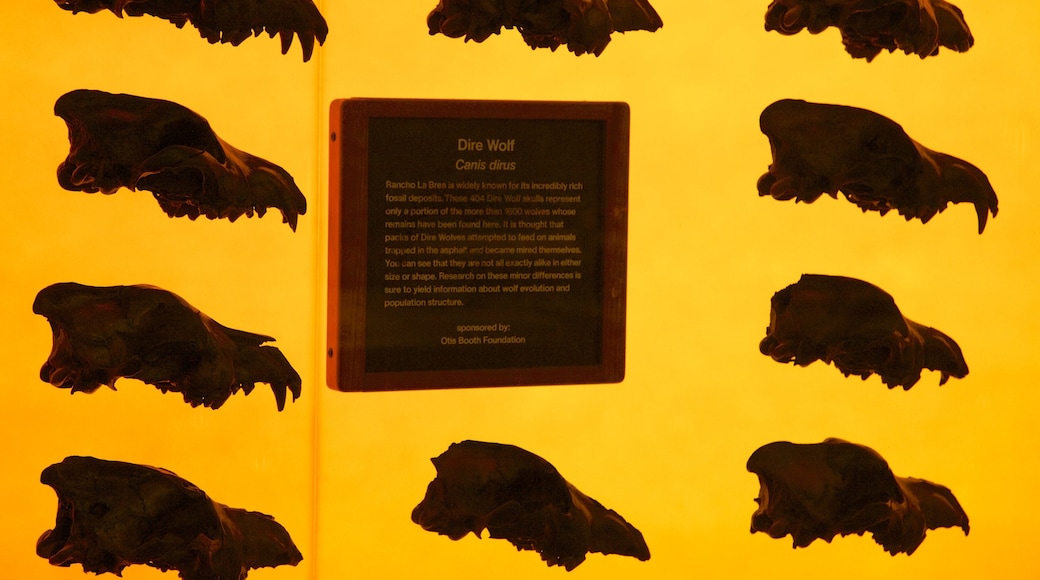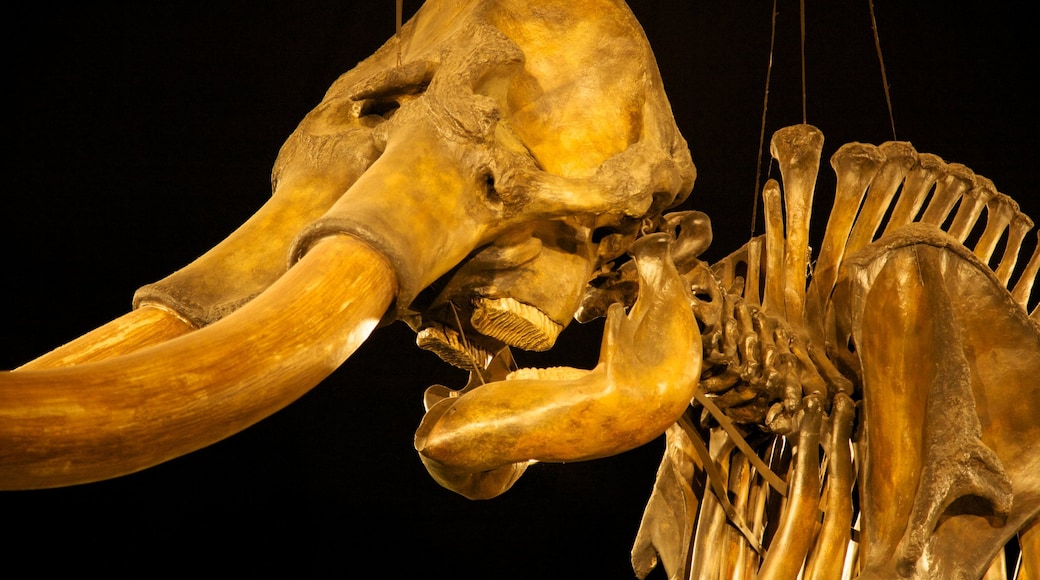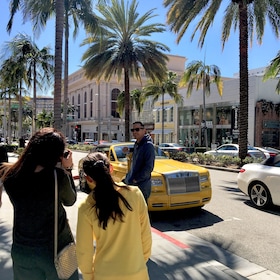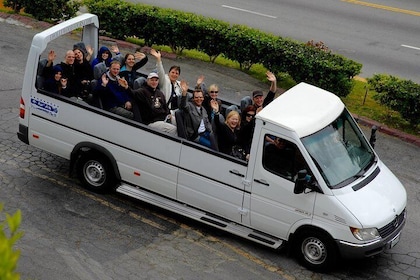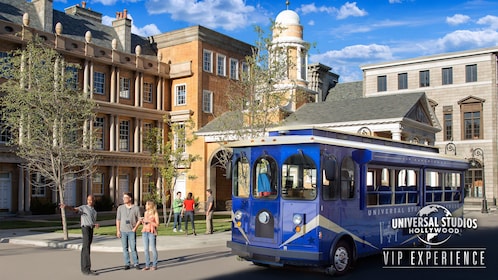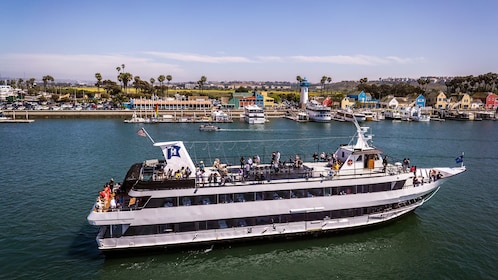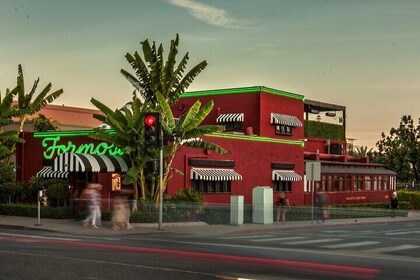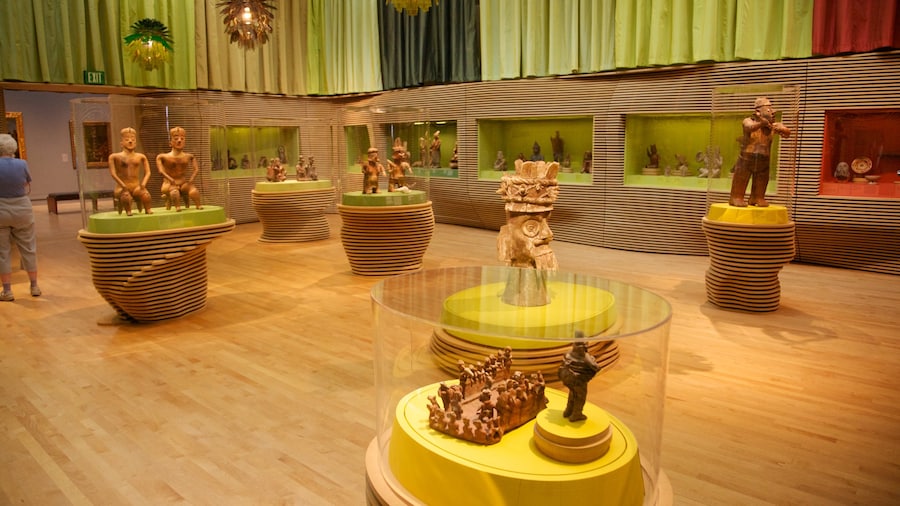Step back in time toa harsh and unforgiving prehistoric Los Angeles, and walk near the footprintsof extinct Ice Age animals.
Columbianmammoths, saber-toothed cats and mastodons once roamed the LA landscape insearch of shelter and prey. Until 11,000 years ago the area that is now HancockPark on the Miracle Mile was an ancient wilderness of exotic mammals andplants. Hundreds of these now-extinct species were well preserved in thecluster of tar pits.
Many small animals,birds and insects became immobilized in the thick, sludge-like asphalt or tarthat seeps up from the ground. The viscous liquid is an excellent preservative andbones, teeth, shells, insect exoskeletons and even some plants seeds have beenextracted from the pits.
There are more than100 of these bubbling pools of tar spread across Hancock Park, and they areamong the world’s richest sources of knowledge about life in the Ice Age. Theyare fenced off to prevent inquisitive visitors from suffering the same fate asthe animals, but there are viewing stations nearby.
Scientistshave been pulling bones out of the ground here for more than a century and manyare on display at the Page Museum, a prehistoric treasure chest that provides awindow into Pleistocene and Ice Age California.
Themuseum has more than a million fossils from more than 650 species, and exhibitsinclude skeletons of mammoths, sloths, wolves and a saber-toothed cat. Themuseum is more than just a collection of bones. Visitors can watch paleontologyas it happens. Excavations of the ground are ongoing and the museum’s FishbowlLab lets you watch scientists as they clean, identify, tag and put fossilpieces together.
The La Brea Tar Pits are located about seven miles (11 kilometers) west of downtownOpens in a new window on Wilshire Boulevard. There is paid parking directly behind the museum on the corner of Sixth Street and Curson Avenue. The museum is open every day with the exception of major holidays.
For more details on interesting local attractions and activities, check out our things to do in Los Angeles page.

